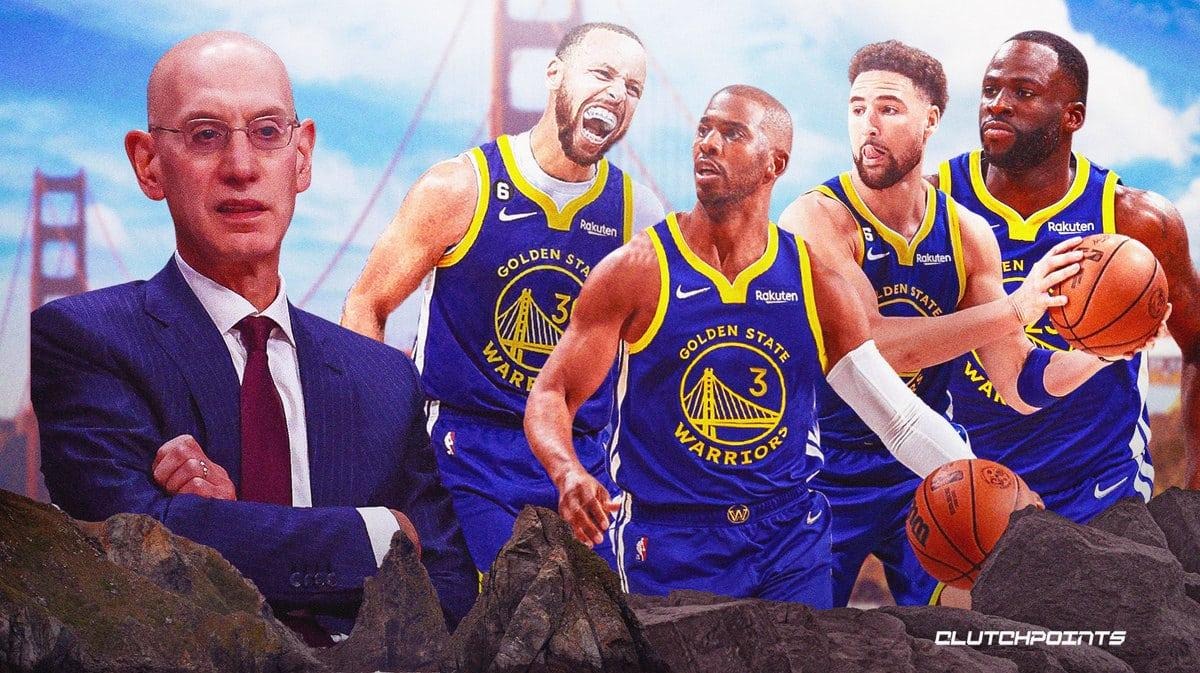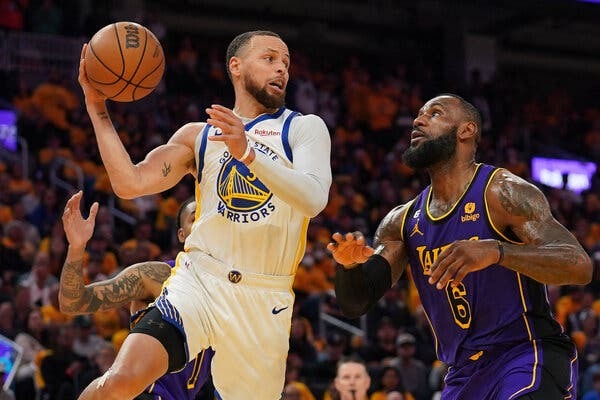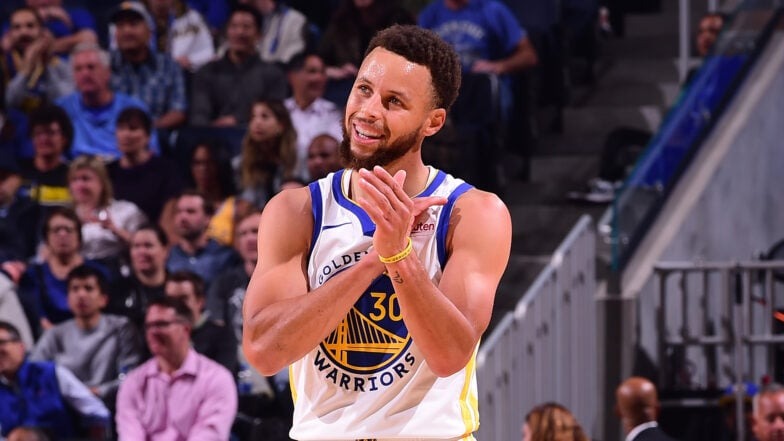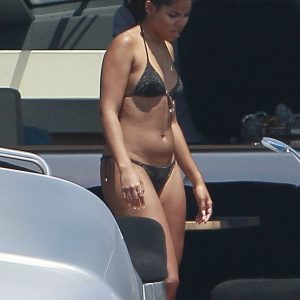The lone team that stands to be more affected by the NBA’s updated rest rules than the Golden State Warriors? Not the perpetually injured LA Clippers, creaky Los Angeles Lakers or reigning champion Denver Nuggets. The veteran Milwaukee Bucks and star-studded Boston Celtics don’t apply, either, nor do the rising young Cleveland Cavaliers.
Only the Minnesota Timberwolves have as many players as the Dubs who qualify as “stars” under the league’s new player participation policy. But just as surprising as Mike Conley owning that distinction is the Golden State veteran who doesn’t qualify for it. Klay Thompson hasn’t been an All-Star since 2019 and last made an All-NBA Team with the 73-win Dubs, falling just short of the “star” label because he hasn’t earned either honor in the past three seasons.

That’s a major relief for the Warriors entering Thompson’s 11th season given his injury history, and it’s hardly the only one here. Exceptions for age and experience also ensure Steve Kerr and Mike Dunleavy Jr. will have it easier managing rest over the 82-game grind than not just the Wolves, but the Bucks and Cavs, too. A brazen 2022-23 rest strategy was no doubt a focus of the league’s updated player participation policy. Golden State just won’t be bitten by it as much as headlines and sports talkshow hysteria suggests.
Before diving into the rest rules’ affect on the Warriors individually, here’s a quick refresher on efforts Adam Silver and the league office have put in place to increase game-by-game participation and curb criticism of load management.

Teams are limited to resting one “star” per game
Teams must ensure “star” players are available for national TV games
Teams must maintain balance between “star” home and road rest games, with road availability preferred
Teams are prohibited from subjecting “star” players to long-term shutdown
Teams must ensure resting “star” players are present and available to fans at games
As tipoff of training camp looms on October 2nd, here’s how the Warriors “stars” will be impacted by the NBA’s new player rest policy in 2023-24.
Stephen Curry
For the most part, Curry won’t be sitting when Draymond Green, Chris Paul or Andrew Wiggins also get the night off. He’ll have to play in the vast majority of Golden State’s 41 nationally televised games, and odds are the Warriors will rest him more at Chase Center than on the road. He won’t be out for an extended period if injury disaster strikes, leaving Golden State well outside the playoff race with a sizable chunk of the schedule left to play. Health provided, you’ll definitely see Curry sitting on the bench in street clothes when the Warriors want to get him some extra time away from the court.
But Curry is already 35 years old, subject to an age exception that allows Golden State to sit him in one pre-approved side of back-to-backs. League statutes decree the Dubs must provide written notice to the NBA at least a week in advance if they want to rest Curry for a back-to-back, according to ESPN’s Bobby Marks. Curry also applies for the exception because he’s played over 1,000 combined games across the regular season and playoffs.

Curry almost surely won’t take as many nights off as he did last season. He and other stars in their mid-to-late 30s still can’t use the exception to sit out of back-to-backs that are nationally broadcast or fall during in-season tournament competition. The Warriors definitely won’t hesitate to take advantage of his advanced age and experience, though, getting Curry as much healthy rest as bent rules permit and his body needs.
Draymond Green
Still just 33, Green has played a total of 915 games in his 11-year career and falls over 7,000 minutes short of 34,000. He also earned his fourth All-Star nod in 2022, ensuring he’ll be subject to the new rest rules throughout 2023-24. He’ll play every game Curry, Paul or Wiggins are rested, those ever-rare nights off coming mostly in San Francisco and when the Dubs aren’t featured on ESPN/ABC or TNT.
But Green will hit the combined games exception next season assuming Golden State makes the playoffs, key for a player who turns 34 in March and has three fully-guaranteed seasons remaining on his contract going forward. He just won’t get much, if any, extra rest and relaxation in 2023-24.

Chris Paul
Every criterion that applies to Curry under the player participation policy does to Paul, a 2022 All-Star and the league’s third-oldest player this season behind LeBron James and P.J. Tucker. The Point God was always set to play fewer minutes than ever in 2023-24, head trainer Rick Celebrini and the Warriors saving wear-and-tear on his body during the regular season to make sure Paul can be fresh as possible for the postseason—whether he starts or comes off the bench.
Still, expect Golden State to exploit every loophole to sit Paul for as many full games as possible this season. He hasn’t finished the playoffs healthy since 2020, and was snake bitten by hamstring injuries while fighting for titles with the LA Clippers and when the Houston Rockets nearly dethroned the juggernaut Warriors in the 2018 Western Conference Finals. Paul stands alone as a clear first on the Dubs’ priority rest list, poised to be a healthy scratch comfortably more often than Curry, let alone Green and Wiggins.
Andrew Wiggins
Where does Wiggins—a “star” by virtue of his K-pop propelled All-Star berth in 2022—fall in the Warriors’ rest pecking order? A very distant fourth behind Paul, Curry and Green, just as much due to injury history as age.
Before being sidelined for over half of last season by a nagging adductor strain, illness and family matter, Wiggins had earned ironman status in the league, only missing games due to rest upon being traded to Golden State in February 2020. The 28-year-old was absent for just one game over the first four seasons of his career, then was out for 20 total games with the Dubs in 2020-21 and 2021-22. Wiggins can play through pain if needed, too, serving as James’ primary defender as the Warriors faced elimination in Game 6 of the second round last spring despite dealing with a broken rib.
The Warriors could very well try to sneak in a couple rest games for Wiggins this season. Considering his rock-solid health track record, advanced ages of Paul, Curry and Green plus the massive physical burden the latter shoulders when Golden State goes small, there’s also a chance Wiggins plays the full slate of games in 2023-24.
Klay Thompson
One more time: The new player participation policy doesn’t directly apply to Thompson, his gaudy career accomplishments, sizable personal fandom and well-earned reputation as one of the several greatest shooters ever be damned. But just because he’s not a “star” under this new directive doesn’t mean the 33-year-old will be effectively forced to take the floor unless he’s suffered some new injury.
Another exception to the NBA’s new rest rules are “rare and unusual circumstances,” according to ESPN. Does lingering discomfort from Thompson’s devastating back-to-back ACL tear and Achilles rupture in the 2020 Finals and fall 2021 register as “rare and unusual?” That’s for the league office to decide, but rest assured Golden State will try to convince officials it does at the slightest soreness Thompson feels in his left knee, right heel or anywhere else on his lower body.





